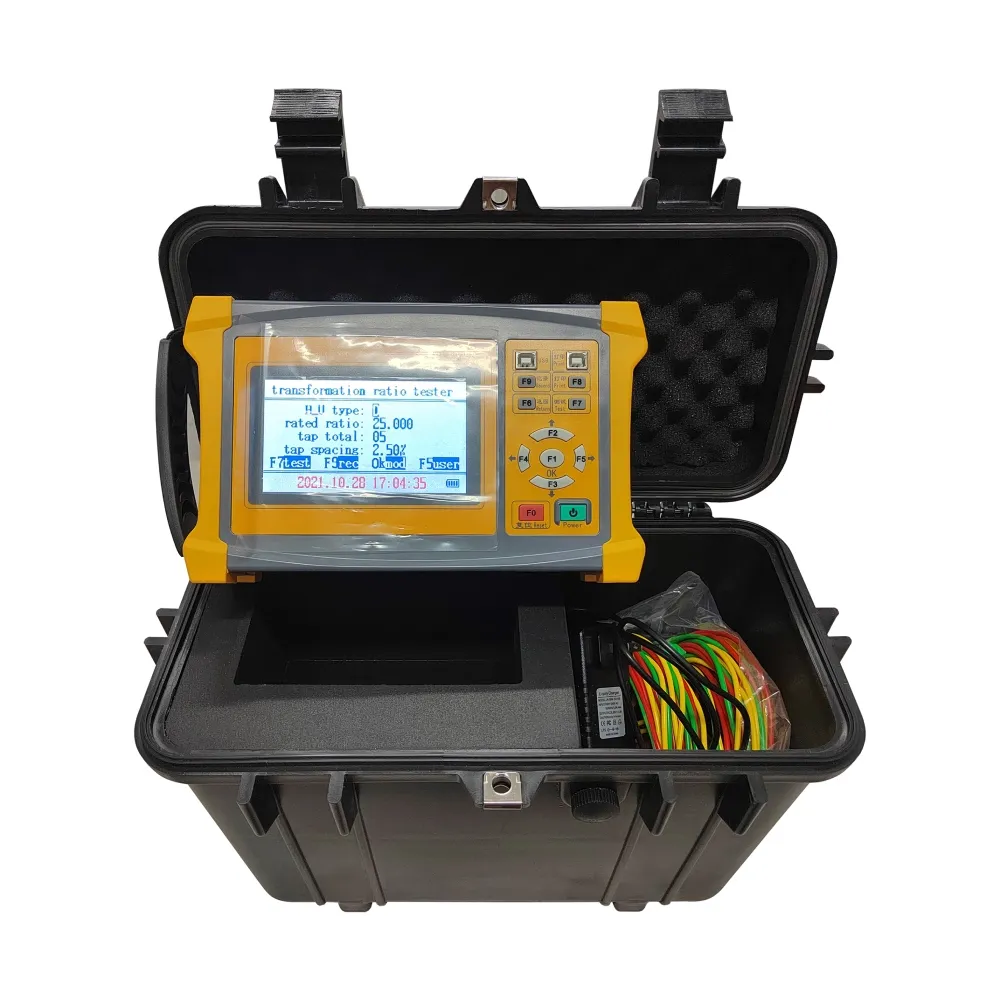 English
English



-
 Afrikaans
Afrikaans -
 Albanian
Albanian -
 Amharic
Amharic -
 Arabic
Arabic -
 Armenian
Armenian -
 Azerbaijani
Azerbaijani -
 Basque
Basque -
 Belarusian
Belarusian -
 Bengali
Bengali -
 Bosnian
Bosnian -
 Bulgarian
Bulgarian -
 Catalan
Catalan -
 Cebuano
Cebuano -
 China
China -
 China (Taiwan)
China (Taiwan) -
 Corsican
Corsican -
 Croatian
Croatian -
 Czech
Czech -
 Danish
Danish -
 Dutch
Dutch -
 English
English -
 Esperanto
Esperanto -
 Estonian
Estonian -
 Finnish
Finnish -
 French
French -
 Frisian
Frisian -
 Galician
Galician -
 Georgian
Georgian -
 German
German -
 Greek
Greek -
 Gujarati
Gujarati -
 Haitian Creole
Haitian Creole -
 hausa
hausa -
 hawaiian
hawaiian -
 Hebrew
Hebrew -
 Hindi
Hindi -
 Miao
Miao -
 Hungarian
Hungarian -
 Icelandic
Icelandic -
 igbo
igbo -
 Indonesian
Indonesian -
 irish
irish -
 Italian
Italian -
 Japanese
Japanese -
 Javanese
Javanese -
 Kannada
Kannada -
 kazakh
kazakh -
 Khmer
Khmer -
 Rwandese
Rwandese -
 Korean
Korean -
 Kurdish
Kurdish -
 Kyrgyz
Kyrgyz -
 Lao
Lao -
 Latin
Latin -
 Latvian
Latvian -
 Lithuanian
Lithuanian -
 Luxembourgish
Luxembourgish -
 Macedonian
Macedonian -
 Malgashi
Malgashi -
 Malay
Malay -
 Malayalam
Malayalam -
 Maltese
Maltese -
 Maori
Maori -
 Marathi
Marathi -
 Mongolian
Mongolian -
 Myanmar
Myanmar -
 Nepali
Nepali -
 Norwegian
Norwegian -
 Norwegian
Norwegian -
 Occitan
Occitan -
 Pashto
Pashto -
 Persian
Persian -
 Polish
Polish -
 Portuguese
Portuguese -
 Punjabi
Punjabi -
 Romanian
Romanian -
 Russian
Russian -
 Samoan
Samoan -
 Scottish Gaelic
Scottish Gaelic -
 Serbian
Serbian -
 Sesotho
Sesotho -
 Shona
Shona -
 Sindhi
Sindhi -
 Sinhala
Sinhala -
 Slovak
Slovak -
 Slovenian
Slovenian -
 Somali
Somali -
 Spanish
Spanish -
 Sundanese
Sundanese -
 Swahili
Swahili -
 Swedish
Swedish -
 Tagalog
Tagalog -
 Tajik
Tajik -
 Tamil
Tamil -
 Tatar
Tatar -
 Telugu
Telugu -
 Thai
Thai -
 Turkish
Turkish -
 Turkmen
Turkmen -
 Ukrainian
Ukrainian -
 Urdu
Urdu -
 Uighur
Uighur -
 Uzbek
Uzbek -
 Vietnamese
Vietnamese -
 Welsh
Welsh -
 Bantu
Bantu -
 Yiddish
Yiddish -
 Yoruba
Yoruba -
 Zulu
Zulu
types of direct current generators
Types of Direct Current Generators
Direct current (DC) generators play a crucial role in modern electrical systems, providing a reliable source of direct current for various applications. These generators convert mechanical energy into electrical energy and are classified into several types based on their construction and operational principles. Understanding the different types of DC generators is essential for engineers, electricians, and technicians who work with electricity.
1. Separately Excited DC Generators
Separately excited DC generators are characterized by their ability to produce output voltage that is independent of the load current. In this type, the field windings are energized from an external source, allowing for greater control over the voltage output. This design provides stability, especially in applications where voltage needs to remain constant. Separately excited generators are commonly used in laboratory settings and applications requiring precise voltage control.
2. Self-Excited DC Generators
Self-excited DC generators use their own output to energize the field windings, creating a feedback loop that facilitates power production. They are further categorized into
- Shunt Generators In shunt generators, the field winding is connected in parallel with the armature winding. This configuration allows the generator to maintain a relatively constant voltage even with variations in load. Shunt generators are widely used for charging batteries and supplying power to low-voltage applications.
types of direct current generators

- Series Generators For series generators, the field winding is connected in series with the armature. This design means that the field current is directly proportional to the load current. Consequently, series generators can provide high voltage at low loads but may cause fluctuations in voltage when the load changes significantly. They are typically used in applications requiring high starting torque, such as motor drives.
- Compound Generators Compound generators combine the characteristics of both shunt and series generators. They employ both series and shunt field windings to balance the benefits of each type. This hybrid approach allows compound generators to adjust the output voltage more effectively, making them suitable for various industrial and commercial applications.
3. Permanent Magnet Generators
Permanent magnet generators use permanent magnets in the field instead of winding coils. This design eliminates the need for external excitation sources, making them simpler and more compact. As a result, permanent magnet generators are often used in small-scale applications, such as wind turbines and portable generators. Their efficiency and reliability make them ideal for renewable energy systems.
Conclusion
The choice of a specific type of direct current generator largely depends on the required application, load characteristics, and desired stability in voltage output. Whether using separately excited generators for precision control or self-excited options for more flexible power generation, understanding these types is critical for efficiently harnessing direct current in various sectors. As technology advances, these generators continue to evolve, further enhancing their role in modern electrical systems.
-
Ensuring SF₆ Gas Safety: Introducing PUSH’s Integrated SF₆ Analyzer for Dew Point, Purity, and Decomposition MonitoringNewsJul.10,2025
-
Exploring the Main Types of Industrial Endoscopes and Their Applications Across IndustriesNewsJul.04,2025
-
Testing Equipment Industry Sees Major Advancements in 2025: Smart & Precision Technologies Lead the WayNewsJun.06,2025
-
Applications of Direct Current Generators in Renewable Energy SystemsNewsJun.05,2025
-
Hipot Tester Calibration and Accuracy GuidelinesNewsJun.05,2025
-
Digital Circuit Breaker Analyzer Features and BenefitsNewsJun.05,2025



